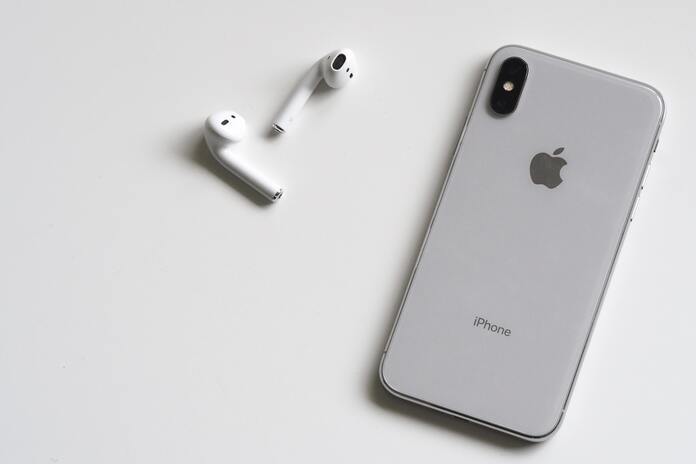Apple’s (NASDAQ:AAPL) upcoming Worldwide Developers Conference (WWDC) is expected to showcase the company’s significant foray into generative AI. However, while this move may excite investors, it’s unlikely to drive a new iPhone sales supercycle in 2024.
Here’s why:
Hardware Remains King
When it comes to smartphones, consumers prioritize hardware over software. Factors like screen size, camera quality, and battery life take precedence over software features like generative AI.
New Software, Limited Impact
Generative AI is still in its infancy, and consumer-facing applications are relatively basic. While Apple’s new Siri features and photo editing tools powered by generative AI may enhance user experiences, they are unlikely to be the primary drivers of iPhone purchases.
Third-Party App Adoption Takes Time
The true impact of generative AI on iPhone sales will depend on how third-party developers leverage the technology to enhance their apps. However, widespread adoption will take time, delaying any significant sales boost.
Long-Term Sales Impact
While generative AI may not spark a sales frenzy immediately, it could drive future iPhone upgrades. As generative AI features become more prevalent, older iPhone models may struggle to support them effectively, prompting users to upgrade to newer devices.
Market Dynamics
The broader smartphone market is expected to see modest growth in 2024, with Android devices driving the majority of sales. While iPhone shipments may see a slight increase, a significant sales surge is unlikely in the short term.
Looking Ahead
Apple’s generative AI push lays the groundwork for future iPhone sales growth, but the full impact will unfold gradually over the next few years. As the technology matures and developers innovate, Apple may see a more substantial uptick in iPhone sales down the line, although a supercycle remains a distant prospect.
Featured Image: Unsplash









